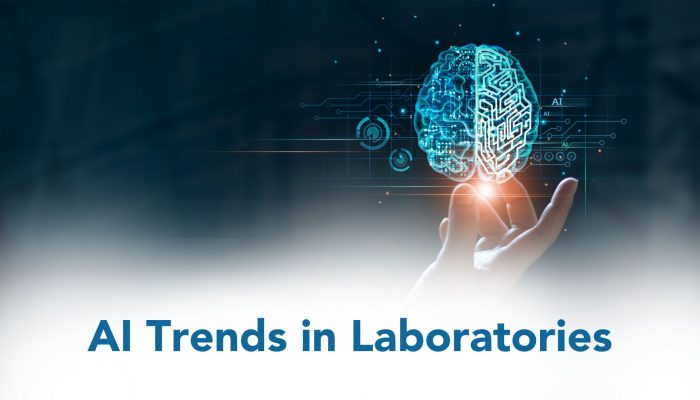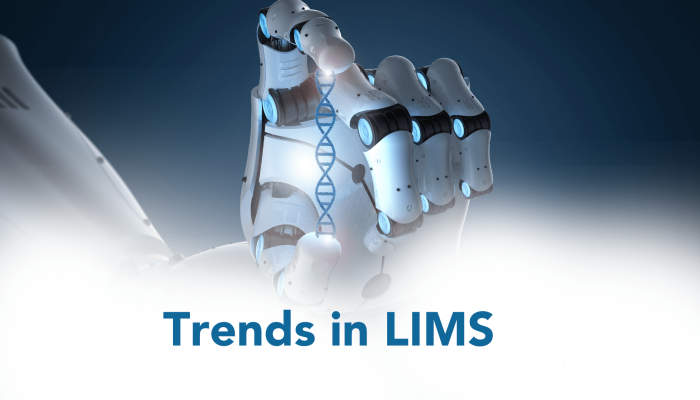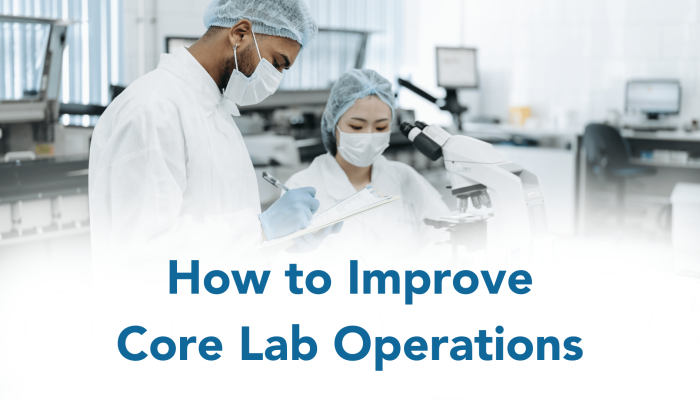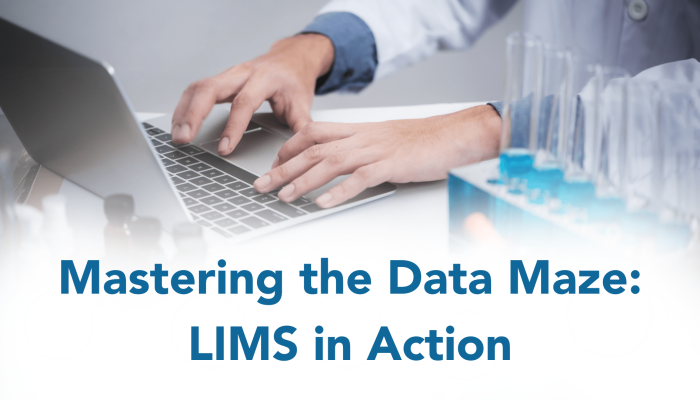Implementing LIMS (Laboratory Information Management System) can be a game-changer, because there might be resistance and reluctance to the new routines which require significant adjustments. In this blog post, we will dive into implementing a LIMS to prevent the challenges beforehand.
The laboratory management plays an important role here to support and encourage this transition. While these challenges may occur, the long-term benefits in terms of effectiveness and efficiency can be substantial. (1)
Achieving these benefits requires the laboratory to dedicate sufficient time and resources to planning, selecting, and implementing the new system. Also, the LIMS must align with the quality and objectives of the business, ensuring compatibility and integration. (1)
Key points in this blog post:
- What is a LIMS?
- Why do you need a LIMS?
- When is the best time for a LIMS?
- Steps for Implementing a LIMS
A Laboratory Information Management System (LIMS) is a software platform enabling users to effectively manage the flow of samples and associate data to support laboratory operations and enhance efficiency.
Through the use of a LIMS, laboratories can automate workflows, tests and procedures, integrate instruments, provide a complete record of all samples, tests and results in the system via secure and comprehensive audit trails. LIMS helps labs streamline operations by making the move from paper to a digital environment, with the goal of saving time, money and reducing errors.
To learn more you can click here.
There are many reasons and benefits to implement a LIMS. However, if we have a look at the top of the list, it streamlines the data management, enhances efficiency, offers quality controls, simplifies regulatory compliance, and provides sample traceability.
1. Data Centralisation and Accessibility: A LIMS centralises all laboratory data, making it easily accessible to authorised personnel. This reduces the risk of data loss and ensures that all information is available when needed.
2. Improved Productivity and Efficiency: By automating manual processes, a LIMS can significantly increase the productivity of your laboratory. Tasks that once took hours or days can now be completed in a fraction of the time.
One of our dairy industry trailblazers shared their experience: “QLIMS has been a real time-saver for us, giving us an extra 3 hours every day! Instead of spending time on data management and manual work, we now focus on what truly matters – production and innovation.”
3. Enhanced Quality Control: A LIMS helps maintain high levels of quality control by standardising workflows, reducing human error, and ensuring that all processes are followed consistently. You can explore a case study here to see how a LIMS led to a 20% increase in quality assurance productivity.
4. Regulatory Compliance: Laboratories are subject to strict regulatory requirements. A LIMS can help ensure compliance with these regulations by providing a secure and auditable system for managing data.
For instance, QLIMS is used in a wide range of laboratories and industries standing up and supporting:
- 21 CFR Part 11/Annex 11 conformance for auditing, e-signature and security for manufactured items under GMP.
- ISO 17025
- Industry standards such as GAMP.
- Security and data privacy to meet HIPAA, GDPR, CAP, CLIA, Privacy Shield and others
- Support for Right of Access and Right to be Forgotten requests under GDPR.
5. Sample Traceability: With a LIMS, you can easily track the movement of samples throughout your laboratory. This is crucial for maintaining the integrity of your samples and ensuring accurate results.
6. Cost Savings: While implementing a LIMS requires an initial investment, the long-term cost savings can be substantial. By improving efficiency and reducing errors, a LIMS can help lower operating costs and improve the overall profitability of your laboratory.
7. Scalability: A good LIMS is scalable, meaning it can grow and adapt to the changing needs of your laboratory. Whether you’re a small lab or a large enterprise, a LIMS can be tailored to suit your specific requirements.
8. Data Analysis and Reporting: A LIMS can provide powerful tools for data analysis and reporting, allowing you to extract valuable insights from your laboratory data. This can help drive decision-making and improve overall performance.
When is the best time for a LIMS?
Determining the right time to make this transition is crucial for a successful implementation. First of all, the test volume conducted by the laboratory is an important consideration. A general guideline is to have a minimum of 500 tests per month before considering the implementation of a LIMS. This indicates that the laboratory has a significant workload to warrant LIMS adoption.
Even though test volume is important, the size of the laboratory/company should also be taken into account. Sometimes a laboratory conducts 500 tests per month, but it may be relatively small. In such cases, it is advisable to wait until the maximum capacity reaches around 300-350 tests per month.
One crucial factor to consider is the Return On Investment. Determining ROI is an important step in justifying an investment in LIMS. This evidence-based approach allows laboratories to make informed decisions. By evaluating the expenses incurred in the lab operations, laboratories can estimate the potential cost savings and efficiency gains that a LIMS can bring.
If you would like to calculate your estimated ROI with LIMS, you can click here.
Determining the best time for a laboratory to transition to a LIMS involves careful consideration of various factors. While having a minimum test volume is a general guideline, the laboratory size and ROI are equally important aspects to assess.
Steps for Implementing a LIMS
After understanding the importance of implementing a LIMS, the next step is to outline the key steps involved.
Here’s the key steps based on our implementation process for QLIMS:
- Understand the business and their requirements
- Create an implementation plan using Asana
- Deploy a test environment
- Train the core project team
- Configure QLIMS to meet your specific needs
- Perform User Acceptance Testing
- Deploy the system in a production environment
- Onboard laboratory staff and ensure they are familiar with the new system.
Have questions about any step in the LIMS implementation process? We’re here to help.
You can schedule a demo and see how QLIMS can streamline your operations, enhance efficiency, and improve the quality of your laboratory’s work. Let’s embark on this digital transformation journey together! Contact us with your queries and our team will be happy to assist you every step of the way.
References
- Avery, G., McGee, C., & Falk, S. (2000). Product Review: Implementing LIMS: A “how-to” guide. Analytical Chemistry, 72(1), 57-A.












